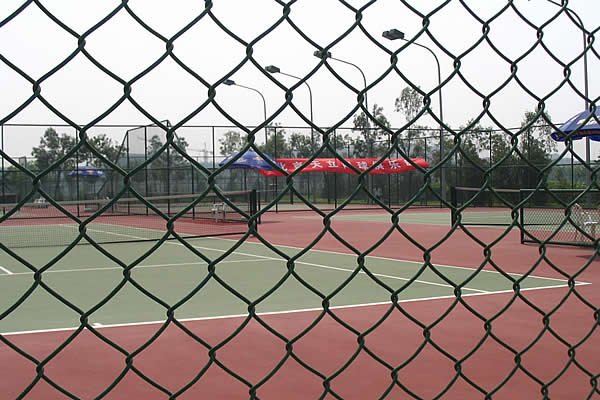 TEL:
+86-13102802206
TEL:
+86-13102802206
 Email:
fencenetting@china.com
Email:
fencenetting@china.com
 Language
Language
 TEL:
+86-13102802206
TEL:
+86-13102802206
 Email:
fencenetting@china.com
Email:
fencenetting@china.com
 Language
Language


Understanding Soffit Mesh An Essential Component in Construction
Soffit mesh is a critical yet often overlooked component in the construction and home improvement industry. While many homeowners and builders focus primarily on visible aspects of a structure, such as walls and roofs, soffit mesh plays a significant role in ensuring the longevity, safety, and overall functionality of a building. This article will delve into what soffit mesh is, its benefits, and its applications in residential and commercial construction.
What is Soffit Mesh?
Soffit mesh typically refers to a type of wire or synthetic mesh that is installed in the soffit areas of buildings. The soffit is the underside of an architectural feature, such as a roof overhang or eave, where ventilation is crucial. The mesh serves as a barrier that allows air to flow while preventing pests, debris, and moisture from entering the attic or roof space. Soffit mesh is commonly made from durable materials, including aluminum, PVC, or stainless steel, ensuring both resilience and longevity.
Benefits of Soffit Mesh
1. Ventilation One of the primary benefits of soffit mesh is its ability to enhance air circulation in the attic space. Proper ventilation is vital to reducing heat buildup, which can lead to ice damming in winter and mold growth in summer. By allowing fresh air to enter, soffit mesh helps maintain a balanced atmosphere in the attic.
2. Pest Prevention Soffit areas are notorious entry points for pests, including insects, birds, and rodents. By installing soffit mesh, homeowners can effectively deter these unwanted visitors. The mesh acts as a barrier, ensuring that pests cannot easily gain access to critical areas within the structure.

3. Moisture Control Excess moisture in attics can lead to severe issues such as wood rot and mildew. Soffit mesh helps to regulate humidity levels by promoting airflow. This is especially important in regions with high humidity or fluctuating temperatures.
4. Aesthetic Appeal Beyond functionality, soffit mesh can contribute to the overall aesthetic appeal of a home. Available in various designs and finishes, it can complement the exterior while maintaining a clean and organized look.
Applications of Soffit Mesh
Soffit mesh is widely used in both residential and commercial construction. In homes, it is typically installed in the eaves, where the roof meets the walls. In commercial settings, soffit mesh is often found in larger structures where extensive ventilation is required, such as warehouses or retail spaces. Moreover, it can be used in various climates, ensuring that buildings remain protected from environmental elements regardless of their location.
Conclusion
In summary, soffit mesh is an indispensable element in modern construction, contributing to ventilation, pest prevention, and moisture control. By understanding the importance of soffit mesh, builders and homeowners can make informed decisions to enhance the durability and functionality of their structures. It’s essential not to underestimate this small yet significant component, as it plays a crucial role in maintaining a safe and comfortable living environment. Whether you’re constructing a new building or renovating an existing one, consider the value that soffit mesh brings to your project.